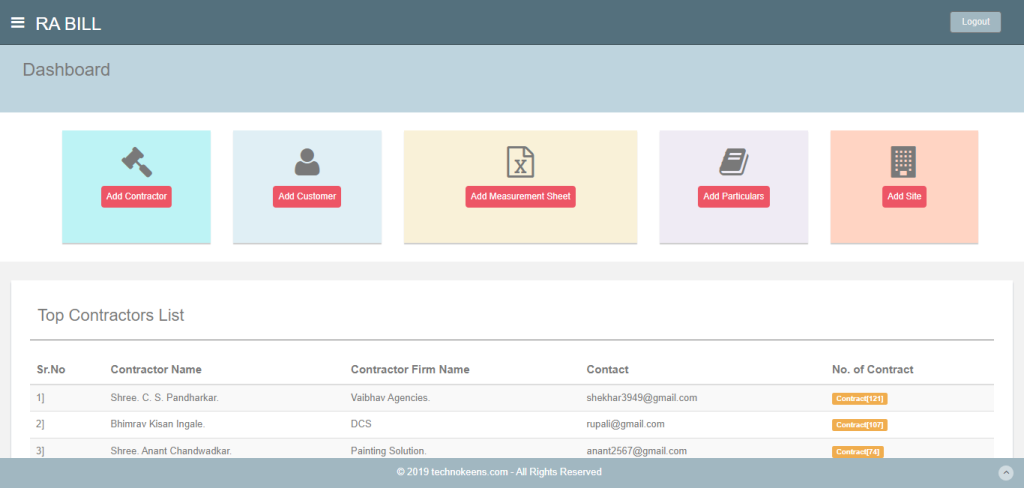Close
- Industries
- Automobile
- Healthcare
- Construction & Renovation
- Manufacturing
- Retail & Ecommerce
- Energy Audit
- Finance
- Commissioning
Working alongside clients on their most critical challenges.
- Expertise
- Marketing
Bold thinking, who want to achieve the extraordinary.
- Company
We are all about being Global, Modern and Agile
- Industries
- Automobile
- Healthcare
- Construction & Renovation
- Manufacturing
- Retail & Ecommerce
- Energy Audit
- Finance
- Commissioning
Working alongside clients on their most critical challenges.
- Expertise
- Marketing
Bold thinking, who want to achieve the extraordinary.
- Company
We are all about being Global, Modern and Agile
Menu






















